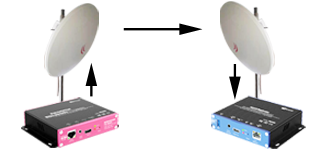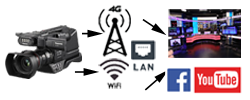
Hot tag
Popular search
Studio Transmitter Link (STL Link) | What it is and How it Works

The STL studio transmitter link (STL link) is a unique wireless audio transmission technology in radio broadcasting that can be divided into digital Studio transmitter links and analog studio transmitter links.
With complete studio to transmitter link equipment, the broadcasters are able to use STL transmitters, receivers, and STL Link antennas to broadcast their radio content from longevity.
On this page, you will find the cheapest studio transmitter link from FMUSER, and learn everything you need to learn about studio transmitter link types, prices, etc.
Let's begin!
Like It? Share It!
Content
- What is an STL Studio Transmitter Link?
- How Does a Studio Transmitter Link Work?
- Studio Transmitter Link Types - What Are They Exactly?
- Complete Studio to Transmitter Link Equipment List
- What is Studio Transmitter Link Frequency Range?
- Frequently Asked Questions
- Enhance Your Radio Broadcast Business Now
What is an STL Studio Transmitter Link?
Studio to transmitter link refers to the audio/video signal transmission link or the point-to-point microwave link for transmitting digital TV programs (ASI or IP format).
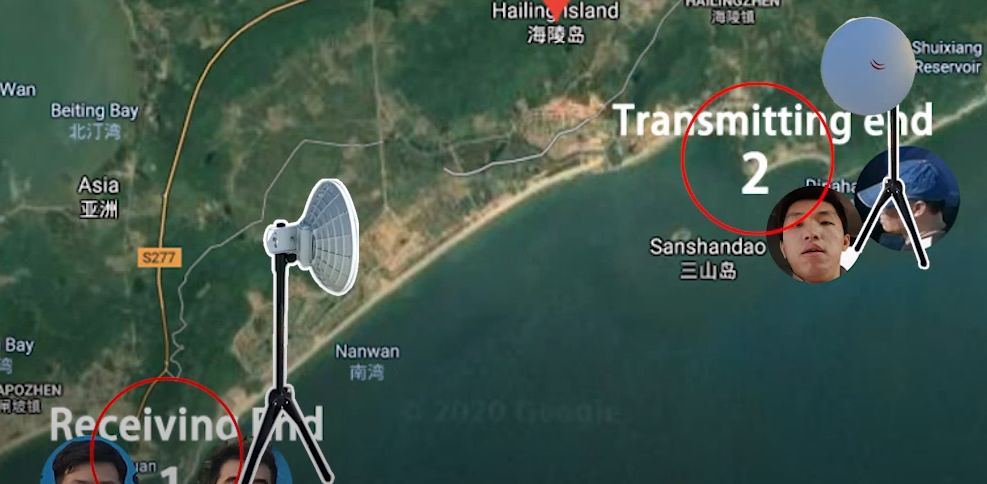
As a point-to-point link that can connect a studio with other radio transmitters or TV transmitters of a broadcast station, the studio to transmitter link has been used in many pro FM radio stations.
The broadcasters use the studio to transmitter link equipment such as STL transmitters and transmitter studio link (TSL) to return telemetry information.
How Does a Studio Transmitter Link Work Exactly?
The audio and video signals of a radio station or TV station are first recorded by the equipment in the radio studio and then will be sent out by the radio broadcast transmitters.
Generally, these audio and video signals will realize the transmission function of the studio to transmitter link through the following 3 ways:
- Use of terrestrial microwave links
- Use optical fiber
- Use a telecommunication connection (usually at the transmitter site)
Studio Transmitter Link Types - What Are They Exactly?
Studio Transmitter Link can be divided into 3 main types according to how it works actually, which is: visit this article
- Analog studio Transmitter Link
- Digital Studio Transmitter Link
- Hybrid Studio Transmitter Link
If you want to transmit high-quality audio signals over a short distance, it is necessary to learn some of these types of studio transmitter links.
Here is the quick view of the mentioned studio transmitter link types:
#1 Analog Studio Transmitter Link
Compared with digital Studio Transmitter Link, analog Studio Transmitter Link has stronger anti-interference and anti-noise functions.
Tips: high-quality radio equipment often appears in the form of packages.
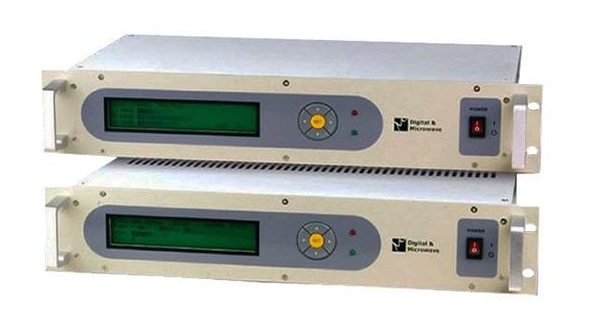
FMUSER STL10 STL Transmitters, best price, best quality - Learn More
For analog studio transmitter links, STL transmitters, STL receivers, STL antennas, and some accessories are essential.
You may find a complete list of the analog studio to transmitter link equipment in:
- Large-scale radio or television stations: for example, provincial and uplink radio stations, radio and television stations, etc.
- Normal radio broadcast studio: especially for indoor and outdoor audio and video signals transmission
#2 Digital Studio Transmitter Link
The digital studio to transmitter link (DSTL) is a way to select network transmission mode for point-to-point audio and video signal transmission.
Here is the main digital studio transmitter link equipment list:
- Audio & Video IPTV Encoders
- IPTV Transcoder
- Studio Transmitter Link Bridges
- Accessories
The digital studio transmitter link usually has better signal tolerance and lower signal loss in point-to-point audio and video signal transmission.
At the same time, it also has the characteristics of ultra-low-cost and ultra-long signal transmission distance.
You may find a complete list of the digital studio to transmitter link equipment in:
- Radio broadcast stations
- TV stations
- Other broadcast sites need to set up and use PTP FM / TV antenna for long-distance transmission.
To help you better learn unlicensed studio to transmitter links, here is the FMUSER ADSTL digital studio transmitter link equipment 10KM broadcast distance test:
Studio to transmitter equipment tested in the real scene
Learn more from FMUSER STL links.
#3 Hybrid Studio Transmitter Link
Basically, a hybrid studio transmitter link can be divided into 2 main types, which is:
- Microwave Studio Transmitter Link System
- Analog & Digital Studio Transmitter Link System
Here is how you may find the differences:
Microwave-type STL link
The traditional microwave link system is favored by many operators of large radio or television stations because it has a very stable signal transmission capacity. The general traditional microwave link system consists of two Paraboloid Antennas, an STL transmitter and STL receiver, and some feeders. These seemingly simple broadcasting devices can easily realize stable audio signal transmission for 50 miles (80 kilometers).
The Best Mixed Type of STL | FMUSER STL Link
This is also known as FMUSER STL, it is recognized as a non-traditional studio transmitter link from FMUSER. The magic of this link system is that: it does not need to apply for an RF license or worry about its RF radiation.
Plus, according to the RF team of FMUSER Broadcast, this link system equipped with the fifth generation audio transmission technology can realize the ultra long-distance point-to-point audio signal transmission of up to 3000km, and can easily cross mountains or buildings and other obstacles to transmit signals in the transmission process. Click to learn more.
FMUSER Studio transmitter link Equipment Intro | Things You Should Know
Generally, the bandwidth of broadcast Studio Transmitter Link bandwidth is measured in GHz, that is, the number of transmitted programs can be large, and the audio and video quality is also very good.
This is why the Studio Transmitter Link link is also called UHF link radio.
Complete Studio to Transmitter Link Equipment List from FMUSER
The complete studio to transmitter link equipment list will contain the following three necessary pieces:
- STL antenna
- STL transmitter
- STL receiver
STL link transmits audio and video signals from radio studios (the transmitting carrier are usually STL transmitters) to another location such as other radio studios/radio stations/TV stations or other uplink facilities (the receiving carrier is usually an STL receiver).
#1 STL Yagi Antenna
An STL antenna is usually an essential part of the studio transmitter link equipment used for transmitting audio and video signals from the studio.
Studio Transmitter Link antennas are the ideal solution to ensure continuous transmission between the studio and the transmission center, they are usually made of aluminum.
These link antennas cover a series of VHF and UHF frequencies. The common coverage frequencies are 170-240 MHz, 230-470 MHz, 300-360 MHz, 400 / 512 MHz, 530 MHz, 790-9610 MHz, 2.4 GHz, etc.
Tips: STL Antenna Basics | Yagi Antenna
Generally, an STL antenna can be used for vertical and horizontal polarization.
As a high-quality and low-cost antenna, the Yagi antenna is usually made of stainless steel clamp and it provides great directivity for long-distance broadcasting.
The excellent Yagi antenna has the characteristics of remarkable radio ease of use, high gain, lightweight, and high weather resistance.
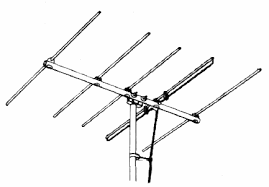
Yagi Antenna. Source: Wikipedia
#2 STL Transmitter and STL Receiver
Most of the STL system equipment you see on the market today consists of transmitters, receivers, and antennas.
The transmitters and receivers are often sold in kits, and these transmitters and receivers usually have similar appearance and sizes and will be installed in the same cabinet.
If you can't judge whether it meets your needs through the description of the STL system supplier, then the price will be your only criterion.
Fortunately, according to our research on the current STL links market, the ultimate studio to transmitter link price will be around 3,500 USD to more than 10,000 USD, price varies from types and regions, for analog studio transmitter links, the price is always higher than the digital ones, it cost less than 4,000 USD to get the best digital STL links for the radio station.
Well, let's check for more info from the following studio transmitter link equipment pricelist:
| Signal Type | Analog | Digital | ||
|
Root Category |
RF Radio Links Audio Audio+Video | |||
| Product Category | Microwave STL Link | STL Link | STL Link (wireless network bridge based) |
Mobile Audio Link ( 3-5G Mobile Network-based) |
|
Sample Graph |
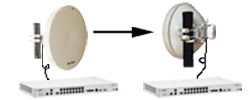 |
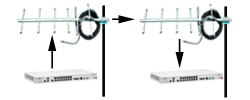 |
|
|
| Power level | Very High | Medium | ||
| (UHF) Band | 8GHz - 24GHz | 200/300/400MHz | 4.8GHz - 6.1GHz |
|
| Price | ≈1.3W USD | 3.5K - 8K USD | 3.5K USD | <1K USD / year (2-station) |
| Transmission Channels | Signal | Signal | Multi-channel | multi-channel |
| Product Structure |
|
|
|
|
| Output | Audio / Video | Audio / Video | Audio / Video | Audio |
| Most Seen In | Large-scale radio or television stations (such as provincial and uplink radio stations, radio and television stations, etc.) | normal radio and TV studios indoor and outdoor audio and video signals transmission | Radio stations or TV stations that need to set up and use PTP FM/TV antennas for long-distance transmission | In the field of radio broadcasting, it is necessary to process analog and digital audio, modulate the carrier uplink and perform the opposite processing in the downlink. |
| Typical Manufacturer | Rohde & Schwarz | OMB Broadcast | FMUSER | DB Broadcast |
| Advantages |
|
|
||
| Disadvantages |
|
|
||
That means under every circumstance that you need a high-quality set of STL radio links, you may find one on Amazon or on other sites, but you will pay a lot of money for that.
So how to get your radio station the cheapest studio transmitter link? Here are some of the best STL links for sale, types optional from microwave to digital, check these budget options NOW:
Special offer: FMUSER ADSTL

Optional studio transmitter link from digital types to analog types:
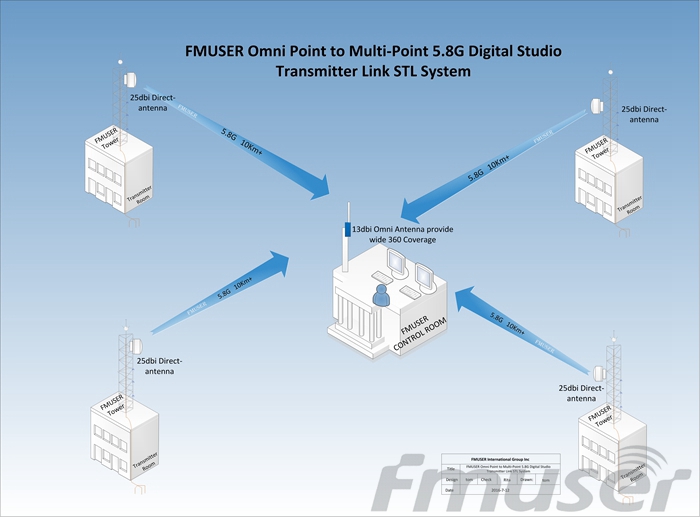 |
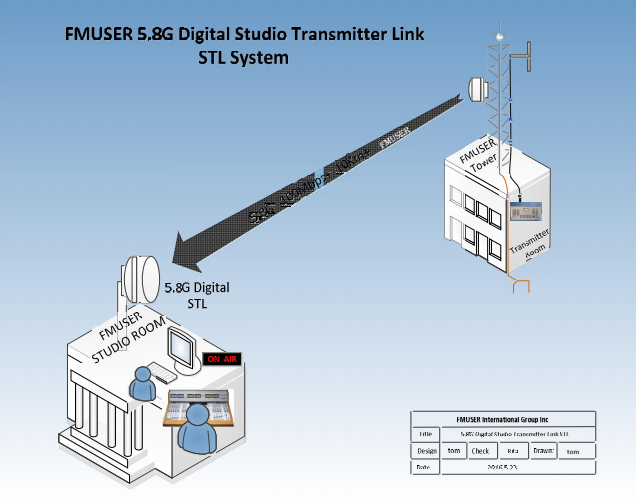 |
|
4 to 1 5.8G Digital STL Link |
Point to Point 5.8G Digital STL Link DSTL-10-4 AES-EBU |
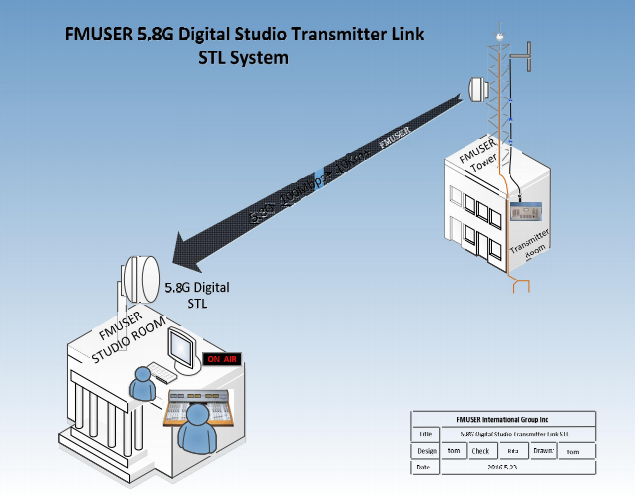 |
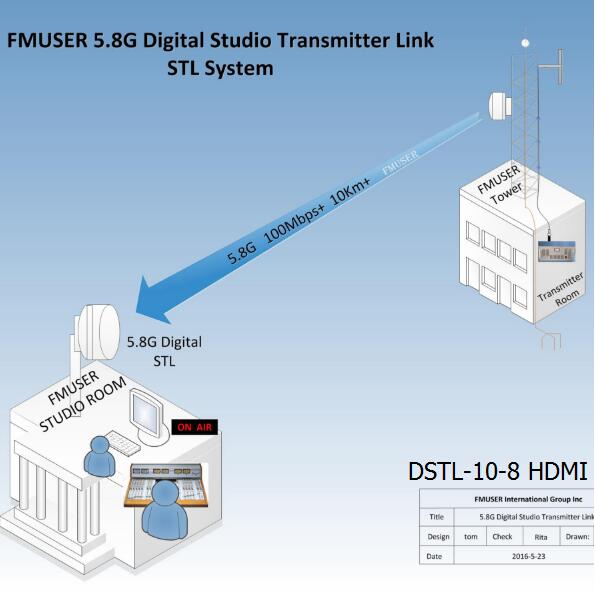 |
|
Point to Point 5.8G Digital STL Link DSTL-10-4 AV-CVBS |
Point to Point 5.8G Digital STL Link DSTL-10-8 HDMI |
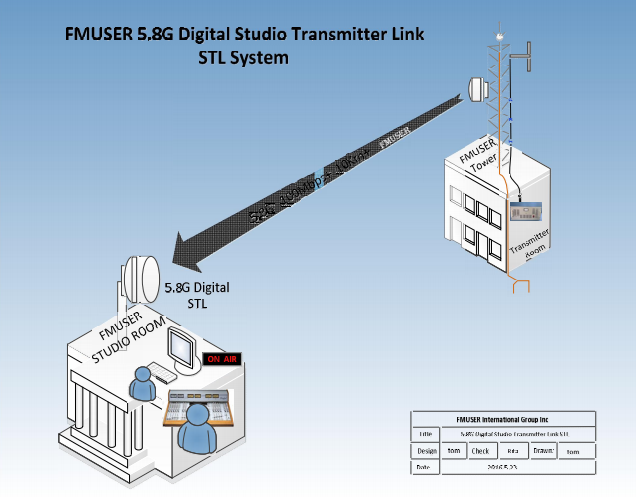 |
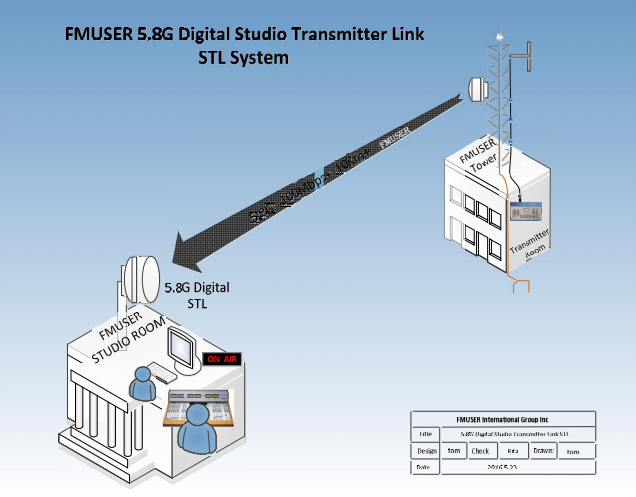 |
|
Point to Point 5.8G Digital STL DSTL-10-1 AV HDMI |
Point to Point 5.8G Digital STL Link DSTL-10-4 HDMI |
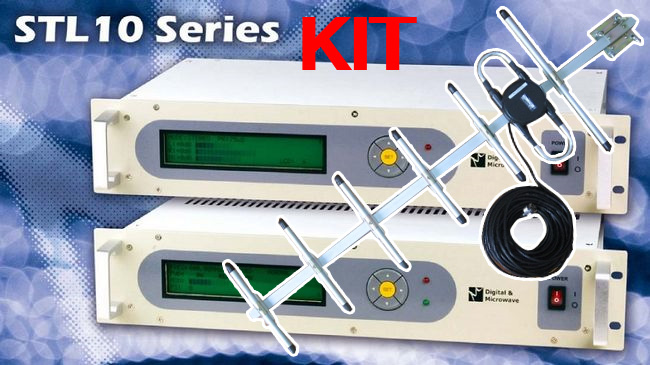 |
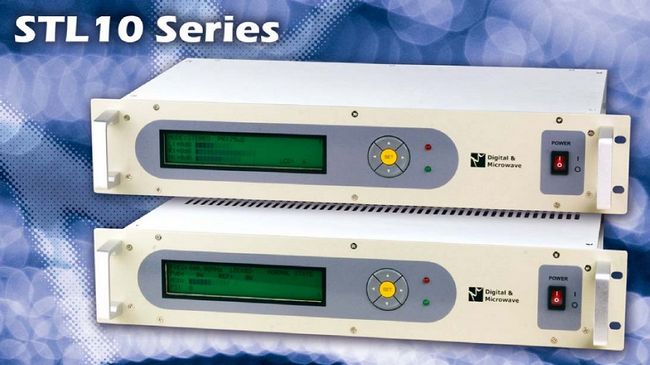 |
|
STL-10 Kit STL Transmitter & STL Receiver & STL Antenna |
STL-10 Kit STL Transmitter & STL Receiver |
What is Studio Transmitter Link Frequency Range?
Analog studio transmitter links such as microwave studio transmitter links and ordinary studio transmitter links, their Studio Transmitter Link Frequency Range is:
- 8GHz - 24GHz and 200/300 / 400MHz, respectively.
And digital studio transmitter links such as Digital Studio Transmitter Link and Mobile Audio Link, their Studio Transmitter Link Frequency Range is:
- 4.8GHz - 6.1GHz
- 1880-1900 MHz
- 2320-2370 MHz
- 2575-2635 MHz
- 2300-2320 MHz
- 2555-2575 MHz
- 2370-2390 MHz
- 2635-2655 MHZ
Of course, the corresponding price of simulated Studio Transmitter Link is expansive, but if there is a sufficient budget, simulated Studio Transmitter Link is a well-deserved choice.
Frequently Asked Questions
Q: Is the studio to transmitter link system legal or not?
Yes, in most countries, the Studio Transmitter Link link is legal. In some countries, some law has constrained the Studio Transmitter Link links, but in most countries, you're free to use the studio to transmitter link equipment.
Countries where is possible to buy our studio to transmitter link equipment
Afghanistan, Albania, Algeria, Andorra, Angola, Antigua and Barbuda, Argentina, Armenia, Australia, Austria, Azerbaijan, The Bahamas, Bahrain, Bangladesh, Barbados, Belarus, Belgium, Belize, Benin, Bhutan, Bolivia, Bosnia and Herzegovina, Botswana, Brazil, Brunei, Bulgaria, Burkina Faso, Burundi, Cabo Verde, Cambodia, Cameroon, Canada, Central African Republic, Chad, Chile, China, Colombia, Comoros, Congo, Democratic Republic of the, Congo, Republic of the, Costa Rica, Côte d’Ivoire, Croatia, Cuba, Cyprus, Czech Republic, Denmark, Djibouti, Dominica, Dominican Republic, East Timor (Timor-Leste), Ecuador, Egypt, El Salvador, Equatorial Guinea, Eritrea, Estonia, Eswatini, Ethiopia, Fiji, Finland, France, Gabon, The Gambia, Georgia, Germany, Ghana, Greece, Grenada, Guatemala, Guinea, Guinea-Bissau, Guyana, Haiti, Honduras, Hungary, Iceland, India, Indonesia, Iran, Iraq, Ireland, Israel, Italy, Jamaica, Japan, Jordan, Kazakhstan, Kenya, Kiribati, Korea, North, Korea, South, Kosovo, Kuwait, Kyrgyzstan, Laos, Latvia, Lebanon, Lesotho, Liberia, Libya, Liechtenstein, Lithuania, Luxembourg, Madagascar, Malawi, Malaysia, Maldives, Mali, Malta, Marshall Islands, Mauritania, Mauritius, Mexico, Micronesia, Federated States of, Moldova, Monaco, Mongolia, Montenegro, Morocco, Mozambique, Myanmar (Burma), Namibia, Nauru, Nepal, Netherlands, New Zealand, Nicaragua, Niger, Nigeria, North Macedonia, Norway, Oman, Pakistan, Palau, Panama, Papua New Guinea, Paraguay, Peru, Philippines, Poland, Portugal, Qatar, Romania, Russia, Rwanda, Saint Kitts and Nevis, Saint Lucia, Saint Vincent and the Grenadines, Samoa, San Marino, Sao Tome and Principe, Saudi Arabia, Senegal, Serbia, Seychelles, Sierra Leone, Singapore, Slovakia, Slovenia, Solomon Islands, Somalia, South Africa, Spain, Sri Lanka, Sudan, Sudan, South, Suriname, Sweden, Switzerland, Syria, Taiwan, Tajikistan, Tanzania, Thailand, Togo, Tonga, Trinidad and Tobago, Tunisia, Turkey, Turkmenistan, Tuvalu, Uganda, Ukraine, United Arab Emirates, United Kingdom, Uruguay, Uzbekistan, Vanuatu, Vatican City, Venezuela, Vietnam, Yemen, Zambia, Zimbabwe.
Q: How do broadcasters link the studio to the transmitter?
Well, they connect the studio with the transmitter through a whole Studio Transmitter Link link system. After broadcasters purchase and install studio to transmitter link equipment, they send the audio and video signals of the broadcast station or TV station (usually the signal transmitted by the Studio Transmitter Link transmitter and the Yagi Studio Transmitter Link antenna as the carrier) to the broadcast transmitter or TV transmitter (usually received by the Studio Transmitter Link receiver) on another location (usually other radio or TV stations).
Q: How to borrow a studio transmitter link system?
FMUSER provides you with the latest updated information on the studio to transmitter link system (including pictures and videos as well as descriptions), and this information is all FREE. You may also leave your comment below, we'll reply to you ASAP.
Q: What's the price for the studio to transmitter link?
The price of the studio to transmitter link of each Studio Transmitter Link link manufacturer and manufacturer is different. If you have enough budget and want to transmit high-quality audio and video signals, you can consider buying from Rohde & Schwarz. The price is about 1.3W USD. If you don’t have enough budget, but want to transmit high-quality audio and video signals, you can consider FMUSER's digital studio to transmitter link, their price is only about 3K USD.
Q: What licensed microwave bands are typically used?
Above 40GHz is allowed in the USA. According to FCC - click to visit, early technology limited the operations of these systems to radio spectrum in the 1 GHz range; but due to improvements in solid-state technology, commercial systems are transmitting in ranges up to 90 GHz. In recognition of these changes, the Commission adopted rules allowing the use of spectrum above 40 GHz (See Millimeter Wave 70-80-90 GHz).
This spectrum offers a variety of possibilities, such as use in, among other things, short-range, high-capacity wireless systems that support educational and medical applications, wireless access to libraries, or other information databases.
However, not every country follows this principle, FMUSER suggests you checking the licensed radio spectrum band in your country in case any personally illegal broadcast happens.
Enhance Your Radio Broadcast Business Now
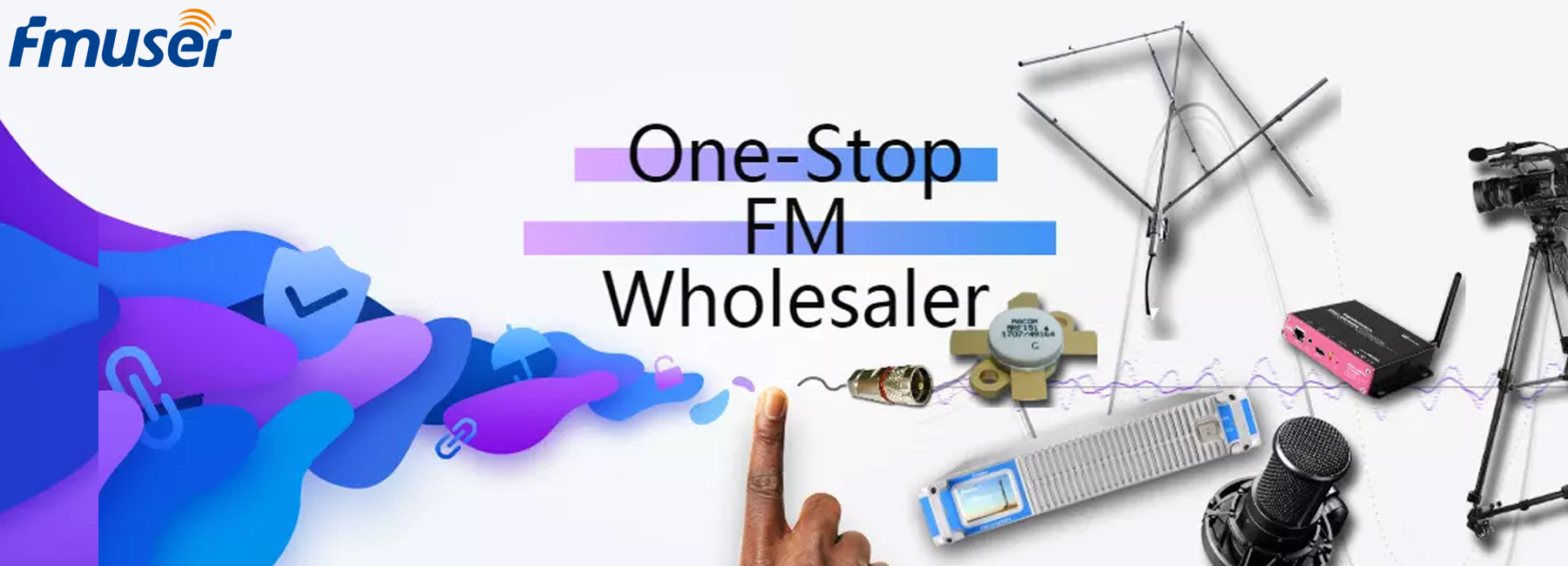
In this share, we clearly learn what is studio transmitter link and how it works, plus with different STL links types and related studio to transmitter link equipment.
However, finding the cheapest studio transmitter link for radio stations is not easy, I mean, the real ones with high quality.
Fortunately, as one of the best one-stop radio station equipment manufacturers, FMUSER is able to provide all kinds of studio transmitter link equipment, contact our expert, and get the radio turnkey solutions you need.
Related Posts
- Why You Must Have an FU-15A FM Broadcast Transmitter for the Drive-in Church?
- What is "Must-Have" Broadcast Equipment in a Radio Rack Room?
Like it? Share it!
Contents
Related Articles
CONTACT US


FMUSER INTERNATIONAL GROUP LIMITED.
We are always providing our customers with reliable products and considerate services.
If you would like to keep touch with us directly, please go to contact us
